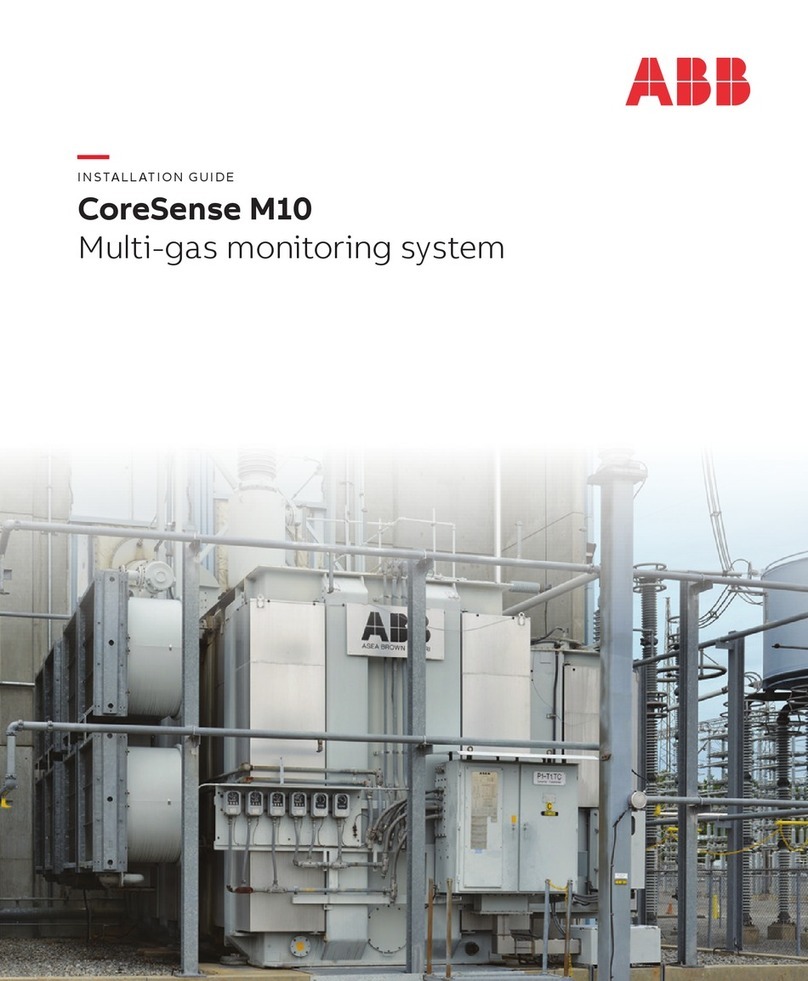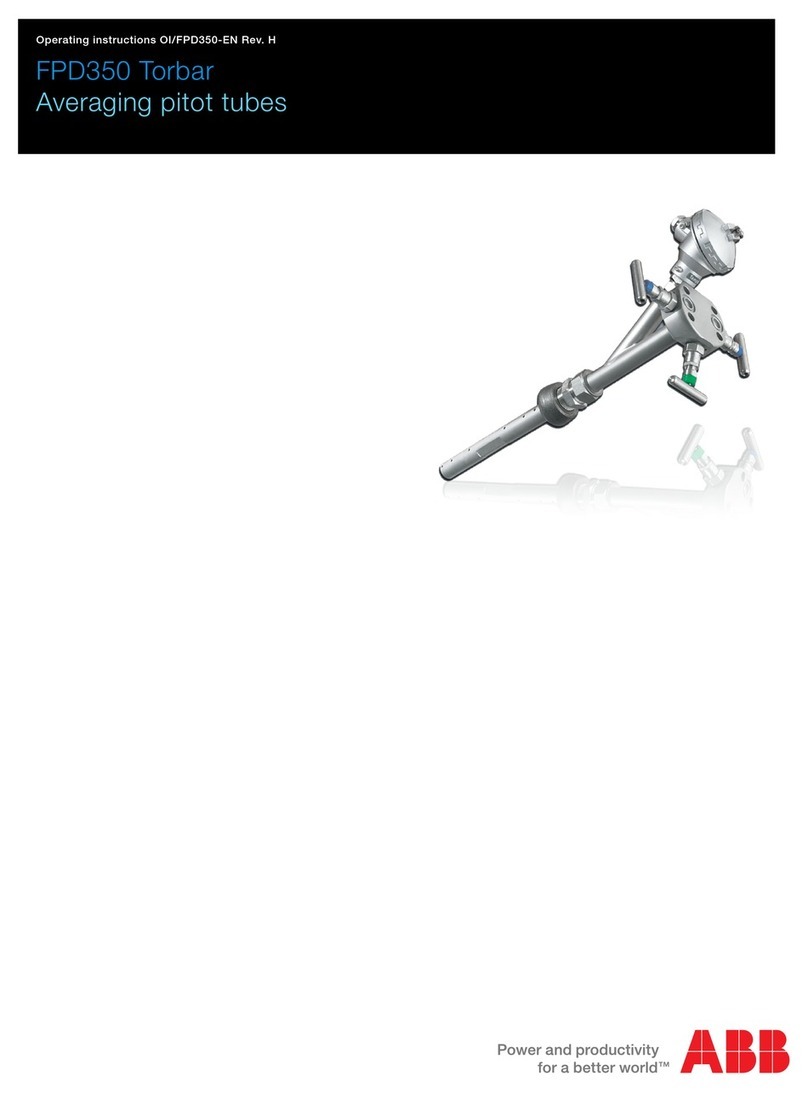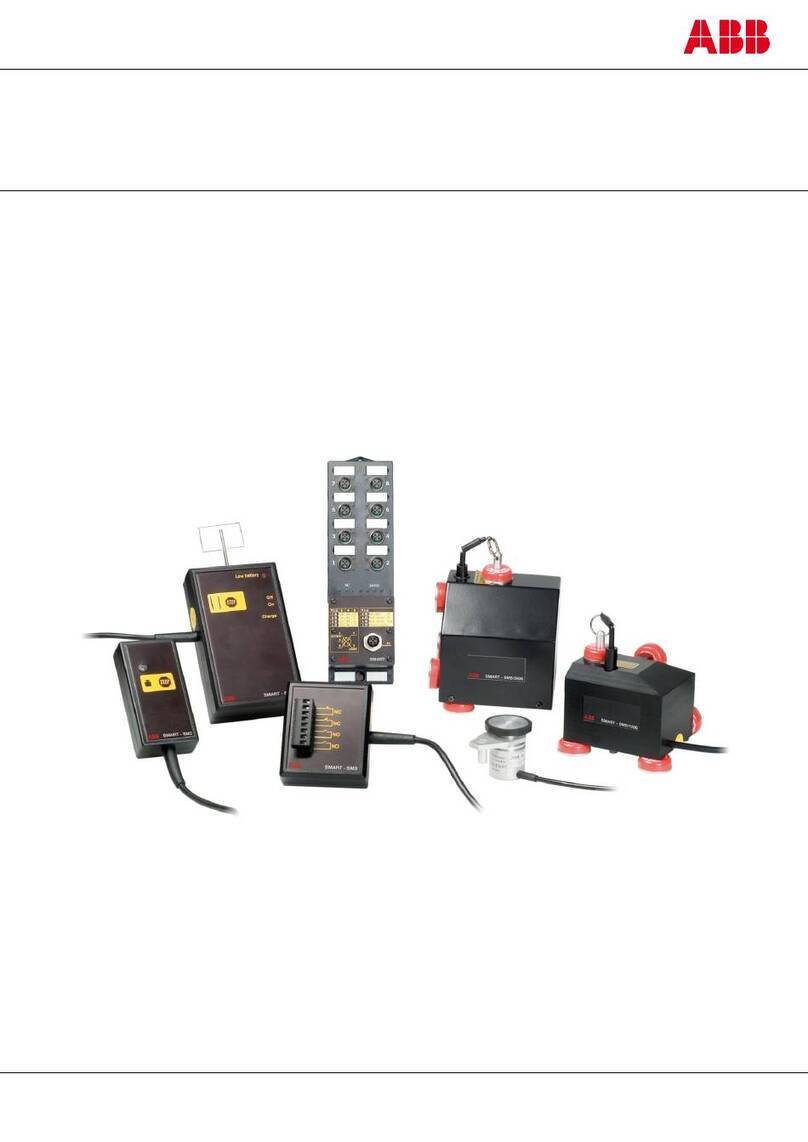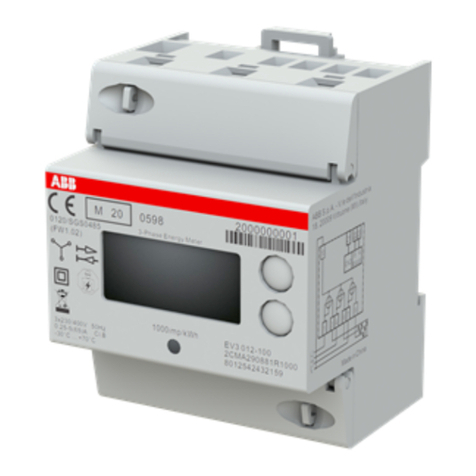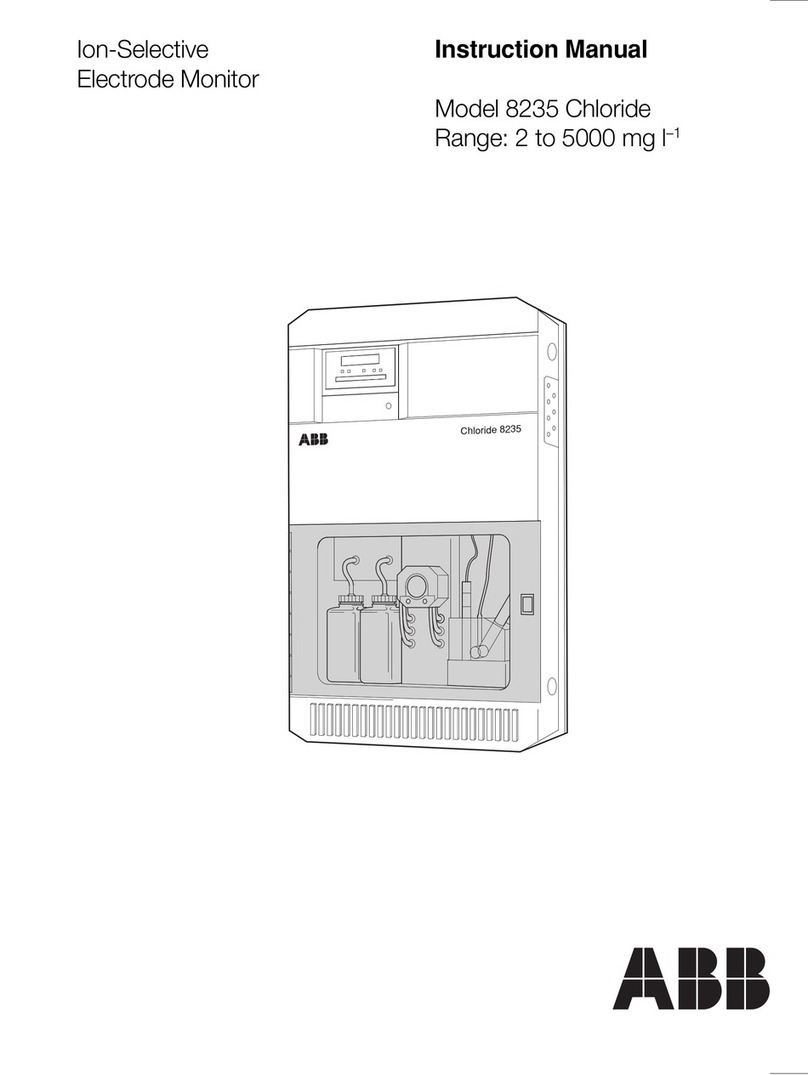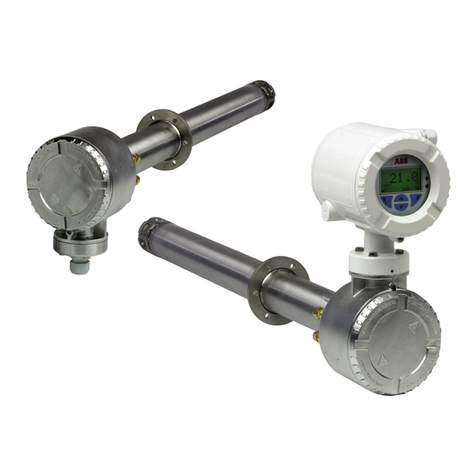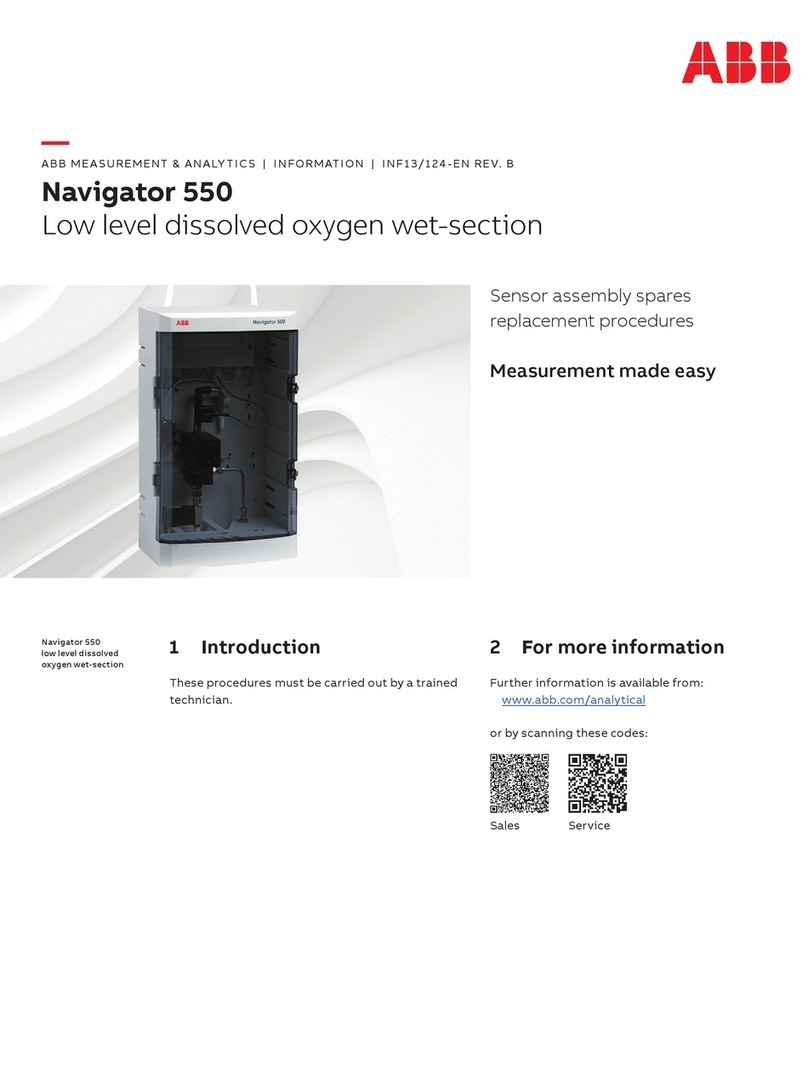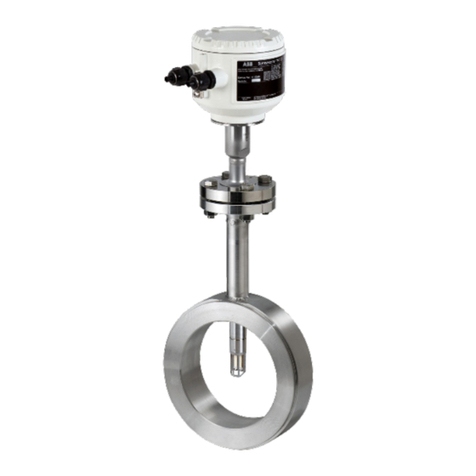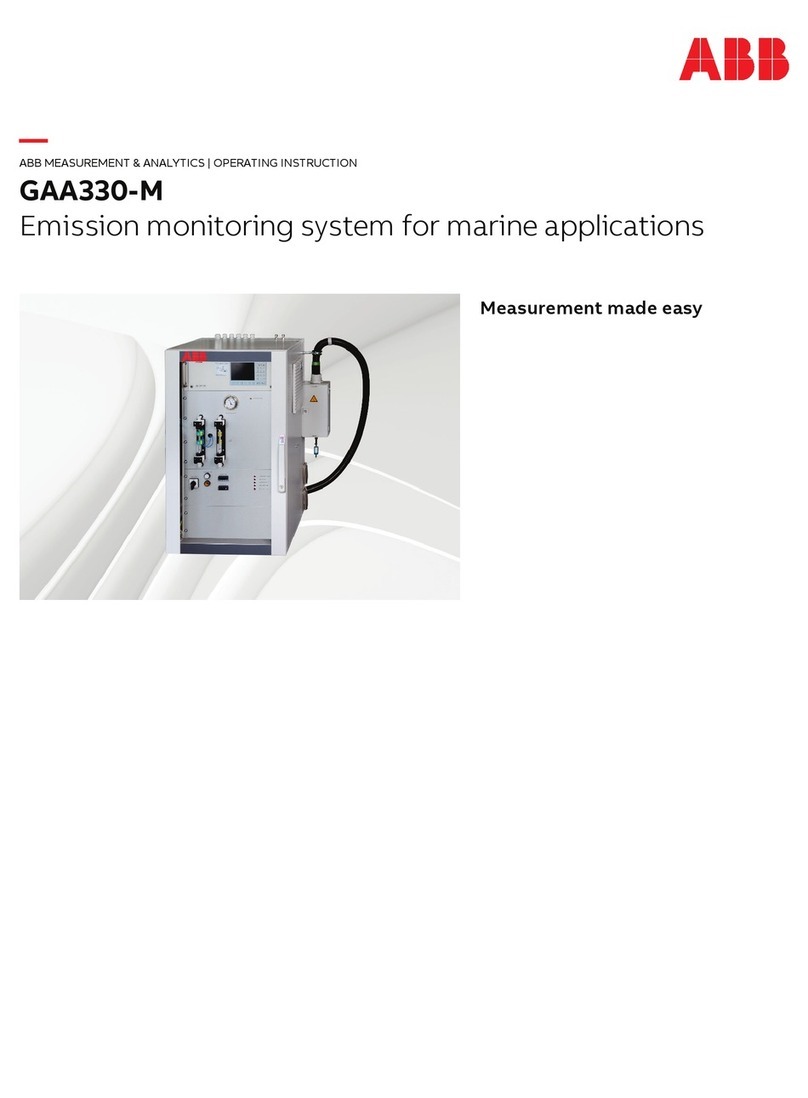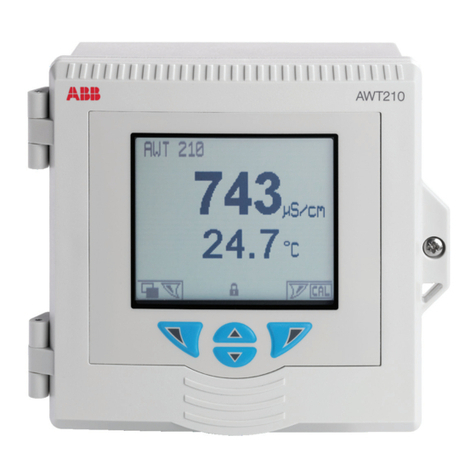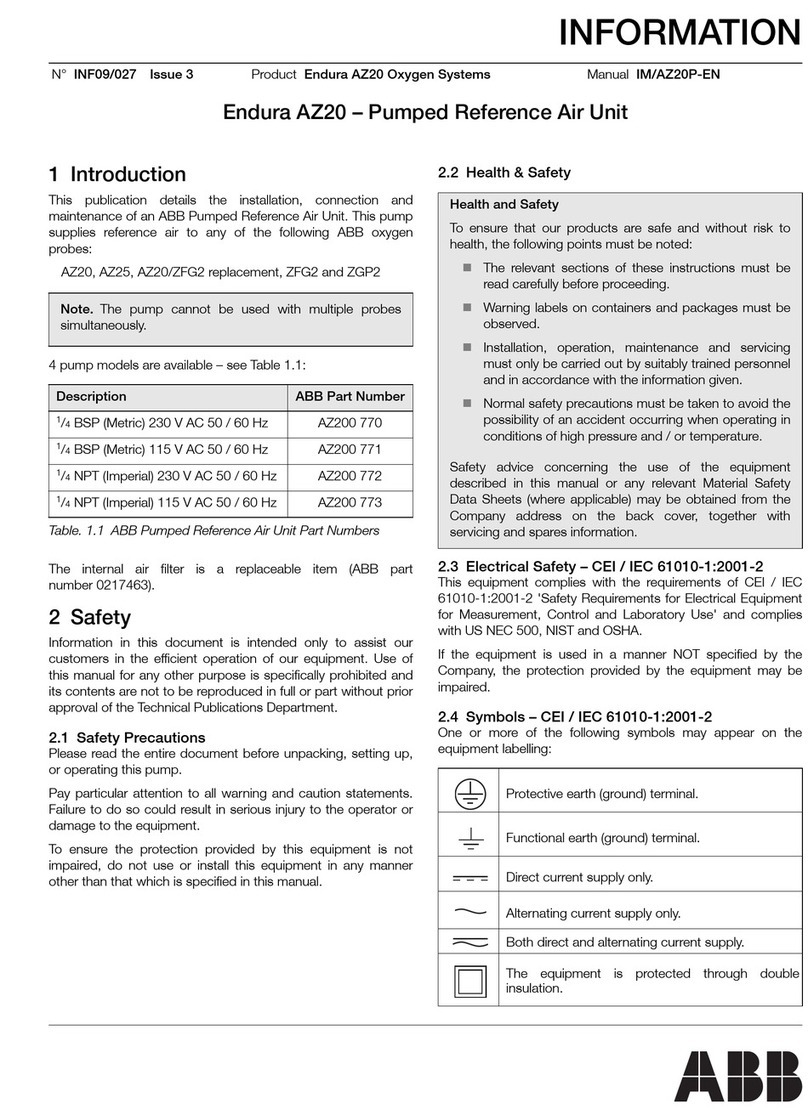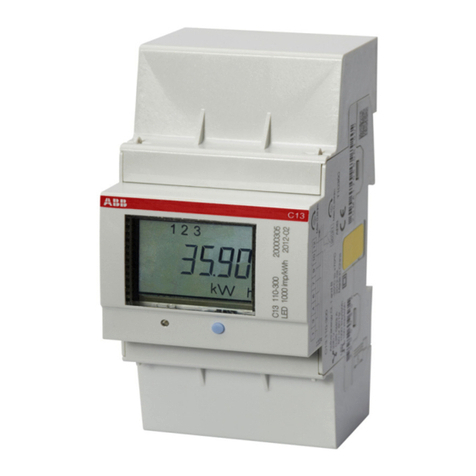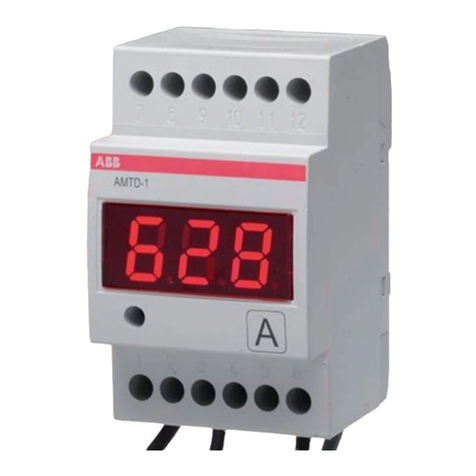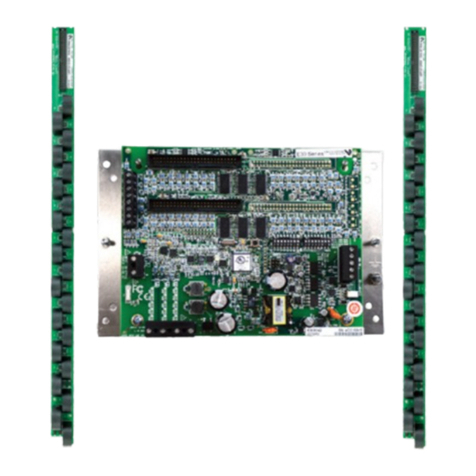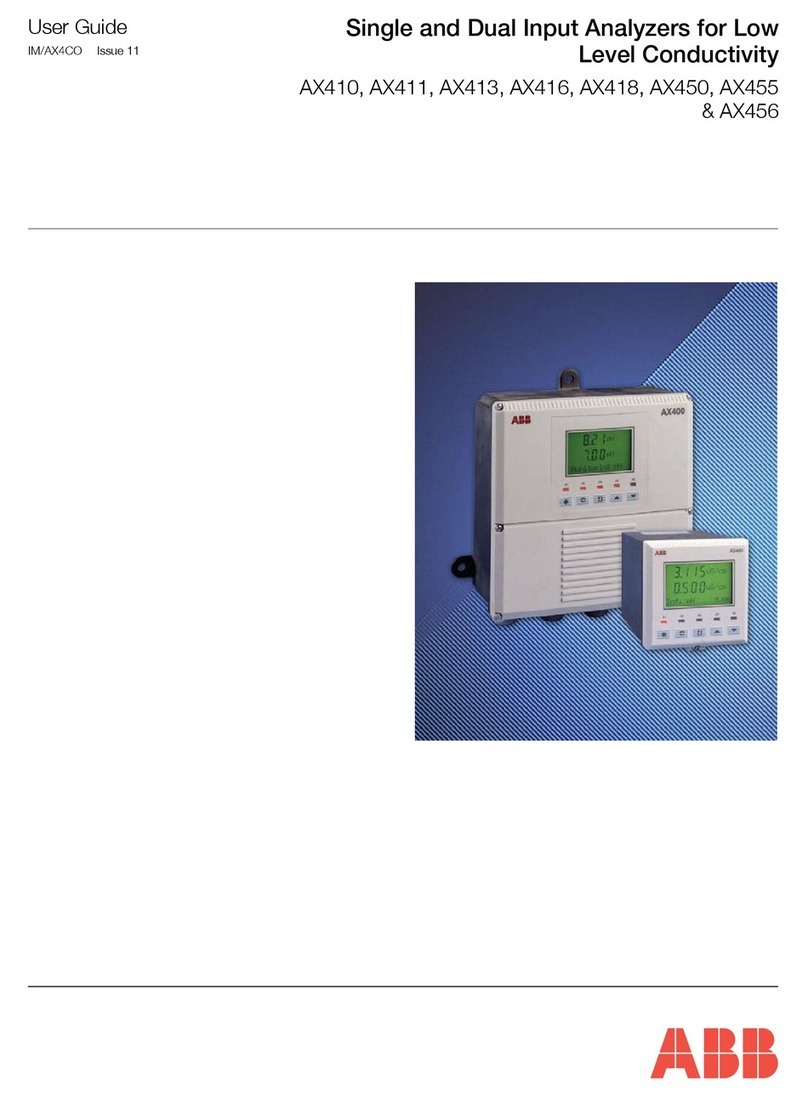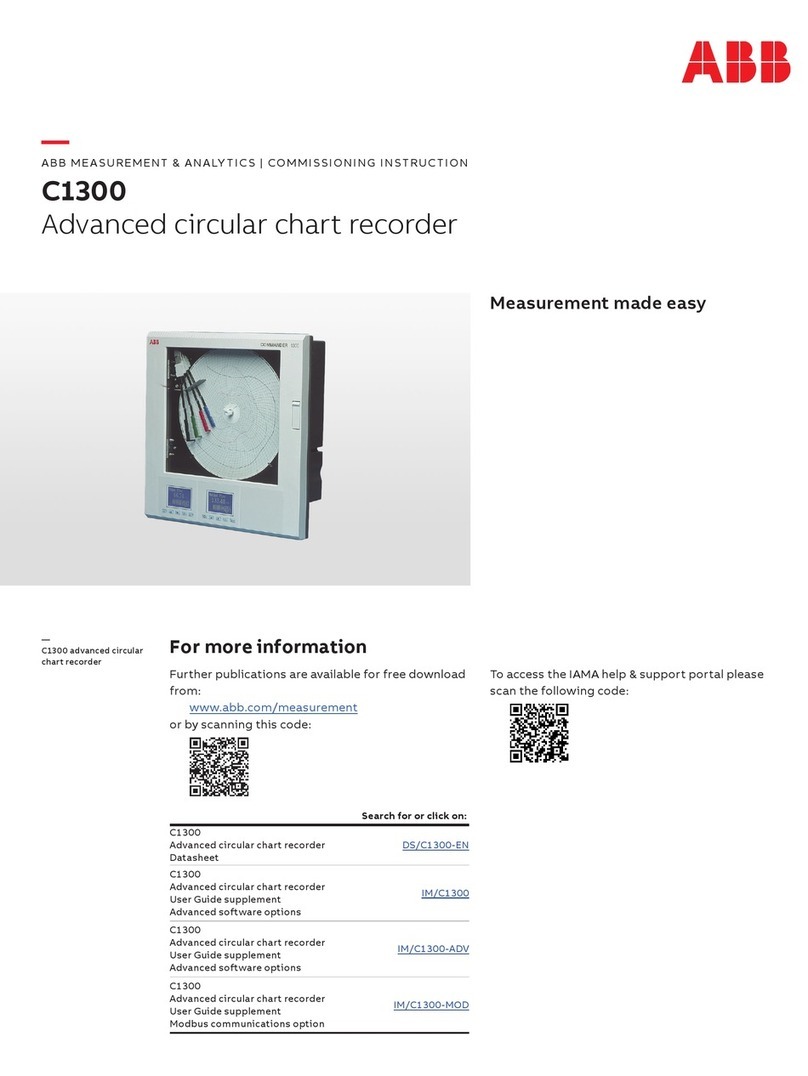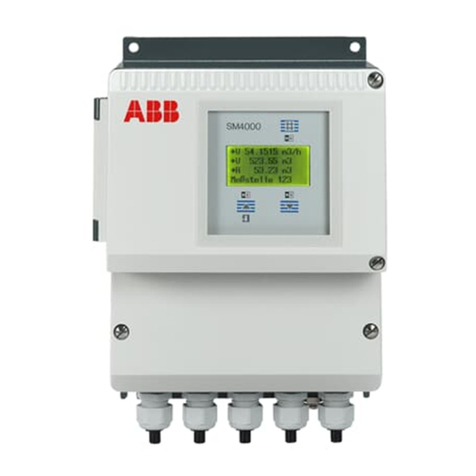
10
Analog outputs
for phase cur-
rent, residual
current or phase
unbalance
The fault indicator is provided with three analog
outputs to be connected to any external device.
When this facility is used, the max. phase cur-
rent, residual current or phase unbalance can at
any instant be read out by a meter or a program-
mable logic controller. The outputs are 0…5
Vdc signals. The scaling for phase current and
residual current outputs are dependent on the
setting of range selectors. These range selectors
can be changed via submenus on the front panel
or serial parameters S10 (I>) and S11 (I0>). The
selected range values for I> are 10 A, 20 A, 50 A,
100 A, 200 A and 500 A and for I0> 5 A,10 A,
20 A, 50 A and 100 A.
E.g: If the range selector parameter for phase
current is set to 500 then the scaling of the
primary current 0…500 A is 0…5 V over the
phase current output X1-14. Thus a phase cur-
rent of 100 A will give 1 V over output X1-14.
Phase unbalance
unit
The phase unbalance unit constitutes a definite
time current unbalance unit.
The unbalance of the power system is detected
by monitoring the highest and the lowest phase
current values, i.e. the unbalance = 100% x
(ILmax-ILmin)/ILmax. At full unbalance the dis-
play shows 100% which equals a negative phase
sequence current I2= 57.8%. If the unbalance
exceeds the set operating level ∆I, the unit starts
and a timer is started.
If the unbalance situation lasts long enough to
exceed the set operate time, the phase unbalance
stage provides an alarm signal. At the same time
the yellow alarm indicator is lit. The yellow
indicator remains on although the stage resets.
The alarm indicator is reset with the reset but-
ton. The alarm signal is always routed to unbal-
ance contact X1-10.
The setting range of the starting current is
10…60% or ∞(indicated as "- - -"). The basic
operate time is set within the range 1…300 s.
The operation of the phase unbalance stage ∆I is
provided with a latching facility (SGF1/6) keep-
ing the alarm output energized, although the
signal, which caused the operation disappears.
The output relays may be reset by pressing the
PROGRAM push-button, pressing the RESET
and PROGRAM push-buttons simultaneously,
by remote control over the external input or over
the SPA bus using the command V101 or the
V102.
The operation of unbalance unit may be set out
of operation by means of switch SGF1/8. When
the unbalance unit is set of operation the display
indicates "- - -", which means that the operation
value is infinite.
The minimum pulse length for the signal deliv-
ered by the ∆I stage can be set to 80 ms or 1 s with
switch SGF1/3. The latching function for the
∆I> stage (SGF1/6) will overrun this function.
Note!
To secure a proper operation of the phase
unbalance unit in a two-phase application, the
two phase currents should be summed up in the
third phase current transformer, i.e. a virtual
third phase is established.
Note!
To prevent the fault indicator unit from un-
wanted alarm signals, the earth fault and
unbalance units will be blocked by the overcur-
rent unit. Additionally, the unbalance will be
blocked in a single earth fault situation.
Resetting
possibilities
The start and operation indicators on the front
panel of the module, the latched output relays
and registers 1-8 can be reset locally or by remote
control as presented in the following table:
Resetting of start Resetting of latched Resetting indicators
and operation output relay of values recorded
RESET X
PROGRAM &
display off X X
STEP & RESET X X X
parameter V101 X X
parameter V102 X X X
BS & SGB/1=1 X
BS & SGB/2=1 X X
BS & SGB/3=1 X X X
